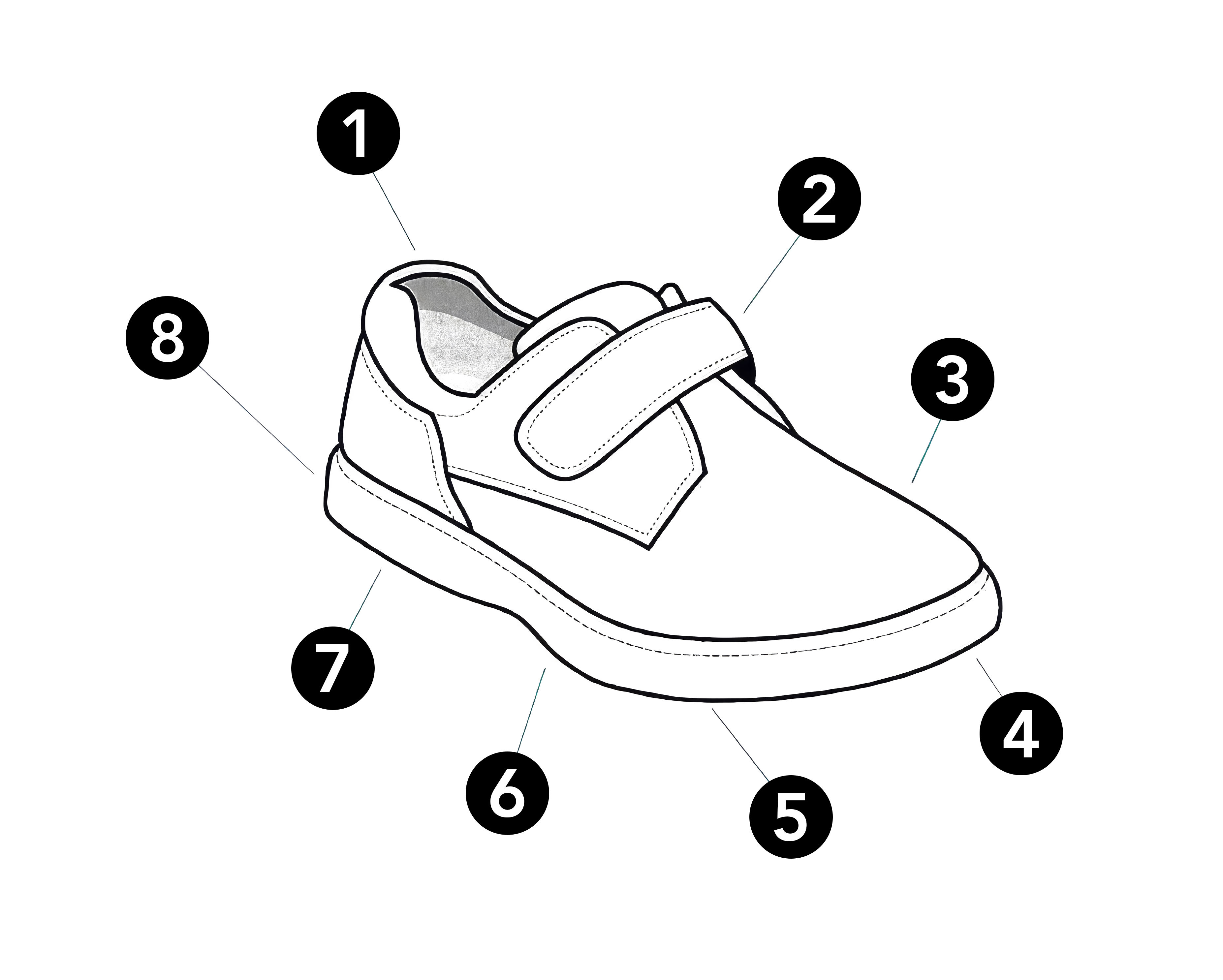Footwear and foot care
Taking care of your feet and wearing proper footwear can help prevent falls.
Proper foot care
Healthy, pain-free feet can help you keep your balance.
- Wash your feet in warm water. Dry your feet completely after washing, especially between your toes.
- Trim your toenails straight across and not too short.
- When sitting, put your feet up on a stool to decrease swelling.
- Check your feet often for corns, open sores, redness, dry skin and thickened nails. Ask for help or use a mirror to see your feet.
- Talk to your healthcare provider or doctor if you feel pain or notice any changes in your feet.
Footwear
Wear supportive footwear inside and outside your home. Avoid walking in bare feet, stockings or floppy slippers with an open heel.
Wear shoes that allow room for your feet to swell. Buy shoes with laces or Velcro closures to ensure a proper fit.
Wear shoes with a non-slip tread. Add ice grips to your footwear in the winter, and wear winter boots that will grip snow and ice.
The ideal shoe
A proper shoe should have a:
- Deep heel cup with a snug collar to provide support and prevent your heel from slipping
- Lace or Velcro closure so your shoes fit snugly but can be loosened if your feet swell
- Toe box that is deep and wide enough to let you toes move
- length of no more than 1/4 inch longer than your longest toe
- Sole with good grip, but that does not stick to carpet
- Midsole less than one inch thick
- Heel less than 3/8 inch higher than the toe
- Heel that is wide and flat

Tips for buying shoes
Find the right size
Try on shoes in the afternoon or evening. Your feet may swell later in the day and your shoes must fit when your feet are at their largest.
If one foot is bigger than the other, always buy your shoes in the larger size so they fit the bigger foot.
If you wear orthotics or any other kind of shoe insert, take these with you. Your shoes may need to be a half or full size larger to accommodate them.
Return policies
Ask about the store’s return policy before buying. Shoes that feel great in the store may not be as comfortable once you get them home and walk around in them.
Occasions
Buy shoes to suit the occasion. A dressy sandal may be fine for a dinner party where you will spend your time sitting down. For everyday activities such as work, shopping, travelling or moving around at home, more practical shoes are a better option. Your everyday shoes should allow you to walk and stand comfortably for longer and reduce your risk of joint damage.
Socks and hosiery
Try to wear tube socks or hosiery that have a square end rather than circular end. This will ensure that the socks are wide enough and long enough so they don’t compress your toes.
Caring for your shoes
Once you have your shoes, take care of them to make them last. Have the soles and heels repaired early when you notice lots of wear and protect leather from the elements.
No shoes will last forever. Replace them before they completely wear out.